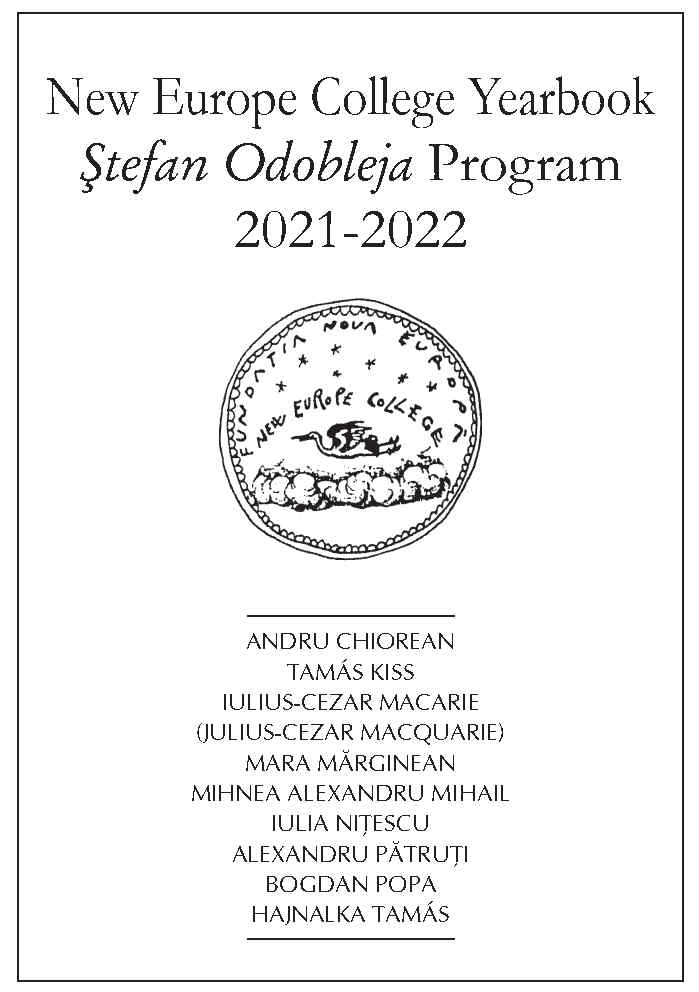Monitoring the Stability of Earthdams using Local Geodetic Networks
Monitoring the Stability of Earthdams using Local Geodetic Networks
Keywords: deformations; GNSS; monitoring; situation plan; geodetic network;
Monitoring the behavior of earth dams over time requires that they be permanently equipped with their own tools and control points. Monitoring is performed according to the importance category of the objective, control parameters, but also the specific conditions of the location. The paper presents a modern way of tracking structural deformations in the case of earth dams, owned by private owners, in order to assess their operational safety. The article presents three earth dams of different categories of importance (B, C and D), to analyze how to monitor each objective. The main study area is represented by the Piscicola Podișu accumulation located on the Valea Oii river in Iași county. For the location of the earth dam, measurements were made for the creation and monitoring of the local geodetic network. The network consists of reference points (S1, S2), station points (B1, B2, B3, B4) and control points (P1-P11) located on the studied dam. The way of working involved several stages. In the first stage, the site recognition and the monitoring requirements of the dam stability parameters were performed. In the second stage, the conditions for carrying out the measurements for drawing up the situation plan and designing the geodetic monitoring network were analyzed. In the third stage, measurements were performed for the design of a local GNSS geodetic network. The purpose of this paper is to design and analyze GNSS measurements in the monitoring of earth dams with modern technologies.
More...
